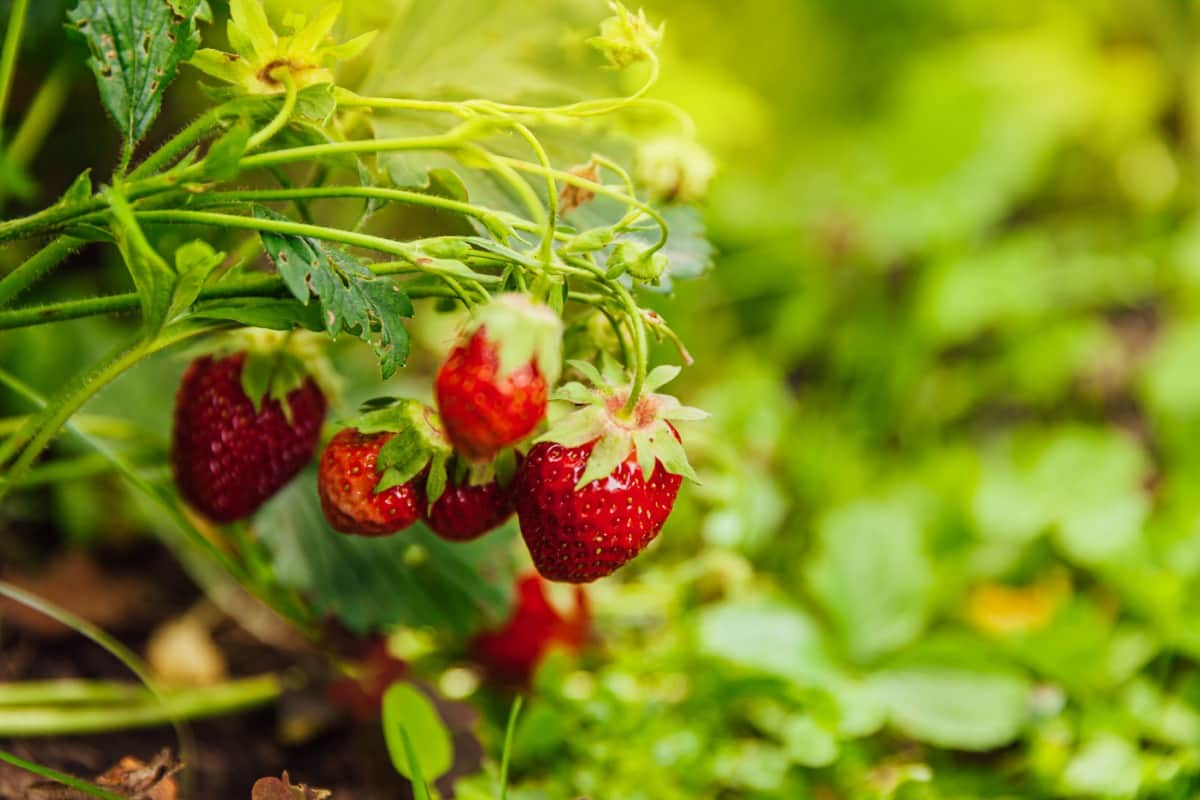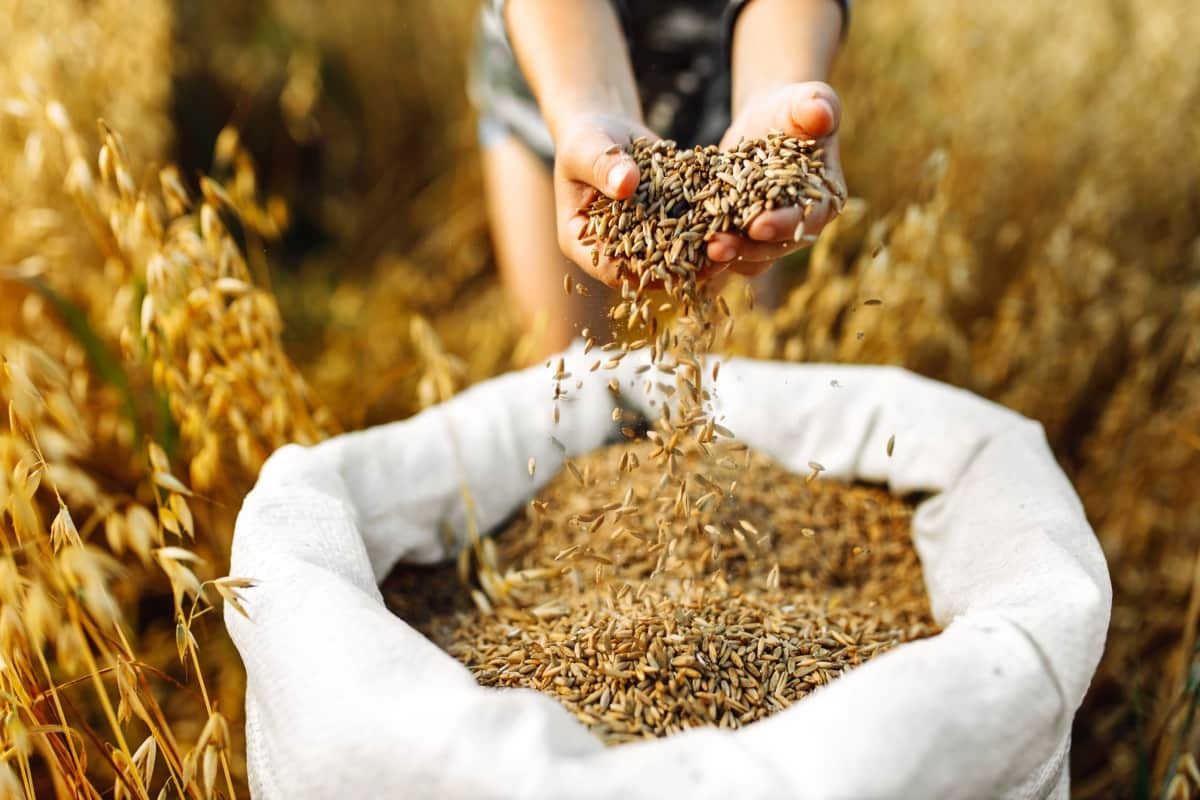Triacontanol is a long-chain alcohol that occurs naturally in plants. It is a common plant growth regulator (PGR) and has been shown to stimulate plant growth in several ways. Triacontanol has been shown to increase plants’ photosynthesis, chlorophyll content, and nitrogen fixation. It also increases the uptake of minerals and water and stimulates cell division and elongation. In addition, Triacontanol has been shown to increase the activity of enzymes involved in metabolic processes, such as respiration and photosynthesis. Triacontanol is a promising PGR for agriculture due to its ability to stimulate plant growth.

What is Triacontanol?
Triacontanol is a natural organic compound that occurs in many plants. It is a primary alcohol with the molecular formula C30H62O. Triacontanol has been shown to stimulate plant growth and increase crop yields. It is thought to work by improving photosynthesis efficiency and increasing nutrient uptake from the soil. Triacontanol is commercially available as a plant growth regulator and is used in agriculture, horticulture, and forestry.
How does Triacontanol work?
Triacontanol is a natural organic compound in most plants’ leaves. It is a waxy white solid with a characteristic odor. Triacontanol is used as a plant growth regulator, an insecticide, and a nematicide. It can be found in foliar sprays, granular products, and water-soluble concentrates. Triacontanol works by stimulating cell division and elongation in plants. It also helps plants to utilize light, water, and nutrients better. As a result, Triacontanol has increased the yields of vegetables, fruits, grains, and ornamentals. It can also improve the quality of crops by increasing the size, weight, and vitamin content.
Benefits of Triacontanol
- It is a plant growth regulator found in small quantities in beeswax. It stimulates plant growth, improves yields, and increases resistance to stress and pests.
- The benefits of Triacontanol are numerous and well-documented. It has been shown to stimulate plant growth, improve yields, and increase resistance to stress and pests. In addition, Triacontanol is non-toxic and does not accumulate in the environment.
- Triacontanol has the potential to improve agricultural productivity greatly. In field trials, it has increased rice yields by 20-30%, wheat by 15-20%, and soybeans by 10-15%. In addition, it has been improving the quality of fruits and vegetables.
- Triacontanol is an important tool for sustainable agriculture. It can help farmers increase yields while reducing the use of chemical fertilizers and pesticides.
- Triacontanol is also effective in improving the quality of crops, which is important for food security and economic development.
- Triacontanol is a plant growth regulator that has a wide range of benefits for plants. It can improve the quality and yield of crops, as well as increase the resistance of plants to stress factors such as drought, heat, and disease. Triacontanol also has the potential to improve the nutrient uptake and utilization of plants.
In case you missed it: Alginate Oligosaccharides: A Potent Plant Immunity Booster and Growth Promoter

How to use Triacontanol in agriculture?
Triacontanol is a natural organic compound present in many plants’ waxy coating of leaves and fruits. It is a primary alcohol with thirty carbon atoms and sixty-two hydrogen atoms. Triacontanol is a promising plant growth regulator, particularly in agriculture. The most common method is foliar sprays, which can be applied to field crops and greenhouse plants. Foliar sprays should be applied when plants actively grow, typically in the spring or summer. Triacontanol should be applied at a rate of 0.1-0.5% by weight for best results.
In terms of timing, Triacontanol should be applied before or during periods of rapid growth, such as before flowering or fruiting. It can also be applied to young seedlings to encourage more rapid and uniform growth. When applying Triacontanol to field crops, care should be taken to avoid contact with blooming flowers, as this may result in reduced yields.
Triacontanol act as Plant Growth Regulator
- Triacontanol is a natural organic compound that acts as a plant growth regulator. It is found in the waxes of some fruits and vegetables and the leaves and stems of many plants. Triacontanol has been shown to stimulate growth and development in several plants, including corn, rice, wheat, soybeans, and peanuts.
- Triacontanol increases photosynthesis by increasing the number of chloroplasts in plant cells. It also stimulates cell division and elongation, leading to increased plant growth. Triacontanol has been shown to increase yields of corn, rice, wheat, soybeans, and peanuts by 10-20%.
- In addition to its stimulatory effect on plant growth, Triacontanol also confers resistance to several plant diseases. For example, Triacontanol has been shown to increase resistance to Fusarium wilt in tomatoes and Verticillium wilt in potatoes. It also increases resistance to powdery mildew in cucumbers, watermelons, squash, and grapes.
- The positive effects of Triacontanol on plant growth have been attributed to its ability to chelate (or bind) with metal ions such as iron and zinc. This binding action makes these essential nutrients more available to plants, which leads to increased growth. In addition, Triacontanol also protects plants from environmental stressors such as heat and cold stress.
Triacontanol applications in agriculture
Triacontanol is a plant growth regulator that can promote plant growth and yield. It has been shown to improve plant photosynthesis, increase plant biomass, and enhance plant stress tolerance. As a result, Triacontanol has potential applications in agriculture, including improving crop yields and quality and reducing the need for chemical fertilizers and pesticides. One of the most important benefits of TRA is its ability to increase photosynthesis rates in leaves. This results in more sugar produced by the plant, which can be used for energy or storage.
In case you missed it: Brassinolide: The Key to The Secret of Plant Growth

Additionally, TRA increases the number and size of stomata on leaves, which allows for better gas exchange and, thus, higher rates of photosynthesis. TRA also promotes cell division and elongation, leading to increased plant growth rates. In addition, it stimulates root growth and strengthens plant tissue, making plants more resistant to stressors such as drought or pests. TRA is a promising plant growth regulator with many benefits for agriculture. Its ability to increase photosynthesis rates, promote cell division and elongation, and strengthen plant tissue makes it an ideal candidate for use in crop production.
Conclusion
In conclusion, Triacontanol is a promising plant growth regulator with many potential applications in agriculture. It has been shown to increase crop yields, improve plant disease resistance, and reduce fertilizer requirements. Furthermore, Triacontanol is relatively safe for humans and the environment, making it an attractive option for sustainable agriculture.
